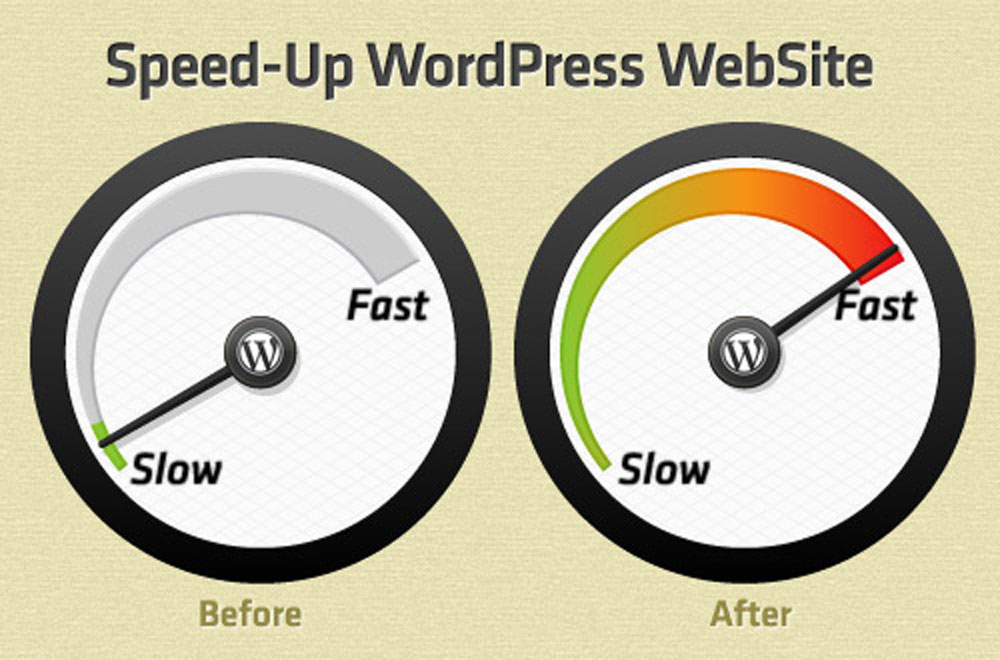Don’t you feel delighted when the content of the website you visit loads fast and gives you a satisfying browsing experience? The site will instantly register in your subconscious as a quality website that inspires trust and confidence. This is precisely how your customers will feel when they visit your website and discover that it is a breeze to browse through it without having to wait painfully for pages to load. If your website is not loading content at a good speed‚ you must take corrective steps now.
These tips can help you speed up your website significantly and help reduce bounce rates while ensuring that visitors keep coming back.
Minimize Your Image Files And Optimize Them
Content in the form of photos or videos can consume a lot of bandwidth and take longer to download than HTML files. Compression technique can be used to minimize JPEG files. Just make sure the quality and size are adequately balanced to give visitors the best visuals without them taking ages to load. There are other types of compression technologies available for reducing size of files like graphical logos or banners.
Minify Resources
By minifying your HTML, CSS, and JavaScript files before they are loaded on the server‚ the speed of your website can improve. The delivery of such files will happen at good speed as extra spaces and comments are removed and the code for optimal speedy delivery is optimized without affecting its functionality.
Eliminate Plugins Using HTML5
In the past‚ video and sound files were delivered through external plugins like Flash, Silverlight, or Java. As they were not native to the browsers, crashing and hanging of websites were a common affair. With HTML5‚ these plugins can be eliminated which can improve loading speed impressively.
Put CSS Sprites Into Action
If your website has some amount of graphical elements like icons or buttons, you can make your website load quicker by with a CSS Sprite. An image sprite is a collection of images fused into a single image. CSS shows a portion of the image that contains that button or icon. It speeds up website loading and provides a unique experience to visitors. On a highly trafficked website with lots of server HTTP connection requests to deal with‚ this can be the apt solution.
Utilize Browser Caching of Content
If there are common elements used on numerous web pages of your site, caching can help improve loading speed. As the file already there in the browser’s cache, the browser does not have to request for the file again. Thus CSS style sheets and images may have to be downloaded only once. Fewer file downloaded from the server mean faster loading of the web page.
Limit Use of Plugins
Plugins not only create security issues but also tend to slow down websites. You will be surprised at their number on your website. Remove the ones that you don’t need or have not used in recent times and limit the use of those that you have to use.
Use CDN or Content Delivery Network:
CDN consists of an extensive network of computers where content is stored at diverse locations. File requested from the CDN by a visitor will be delivered from the server closest to the geographic location of the end-user. This will not only save time but also enhance user experience. The technology can be extremely effective for websites attracting high traffic.
Websites that load quickly encourage user interaction. The longer a web page or website takes to load, the chances of visitors abandoning and looking elsewhere are more. Implementing the above-mentioned tips can ensure that your website is in optimal performance mode.
You need to invest in a leading website designing and development company to get ride of your website speed issue.

